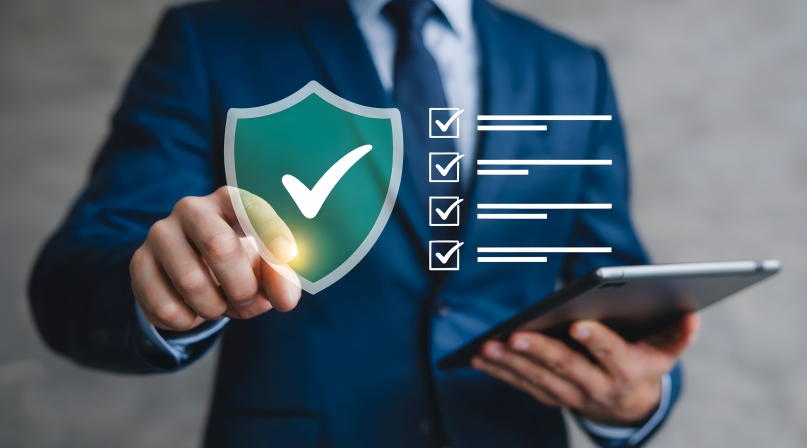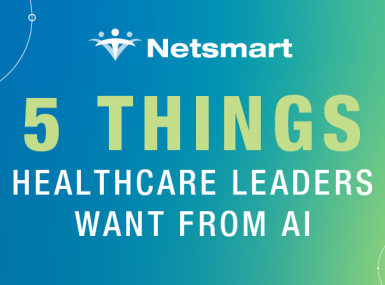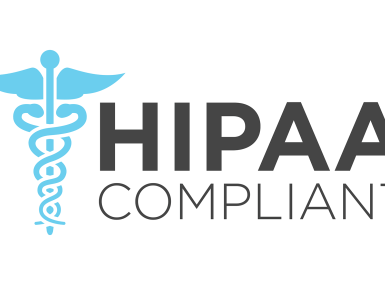The Cybersecurity Health Check List: Ensure Your Cybersecurity Program is Healthy and Resilient
Upcoming Events
Related News

Key Takeaways
From Our Partners
This post is sponsored by our partners at Sectri.
The story is all too common. A seemingly healthy person unexpectedly dies from a massive heart attack. Many times, these tragedies are preventable; regular checkups could have identified an underlying issue, but the person avoided going to the doctor.
Similarly, many organizations neglect their cybersecurity “health,” leaving them vulnerable to sudden, catastrophic cyberattacks. This article provides a simple checklist, that if followed, will ensure your organization’s cybersecurity program is healthy and resilient.
Vital Signs and Health Metrics
At an annual checkup, your doctor typically records several vital signs to assess your health. Commonly recorded vital signs include blood pressure, weight, height, BMI, temperature, respiration, pulse, and oxygen saturation levels. You may also have your blood tested to assess your overall cardiovascular health. These vital signs provide a snapshot of health, helping detect issues early.
To assess your cybersecurity health, you need to measure its “vital signs” using a framework like the National Institute of Standards and Technology (NIST) Cybersecurity Framework (CSF). This framework evaluates areas such as risk management strategy, roles and responsibilities, policies, asset management, awareness and training, continuous monitoring, and incident response – providing a clear picture of your organization’s strengths and weaknesses.
Much like a doctor checks blood pressure or cholesterol, the NIST CSF helps identify issues with your cybersecurity program. Regular assessments ensure you’re not blindsided by a cyberattack, just as routine health checkups prevent unexpected medical emergencies.
Prioritizing Risks: Focus on What Matters Most
Not all risks are equal. In personal health, high blood pressure is a top concern because it’s a leading cause of heart disease and ultimately death. In cybersecurity, ransomware is a critical threat due to its potential to paralyze operations, with its prevalence so widespread that most organizations are likely to encounter it at some point.
When it comes to cybersecurity, organizations must maintain a prioritized list of risks, known as a “risk register.” By prioritizing high-impact risks, you can ensure that resources are allocated as efficiently and effectively as possible.
Developing Treatment Plans for Cybersecurity Health
When a doctor identifies high blood pressure, they prescribe a treatment plan: diet, exercise, medication, and regular monitoring. Similarly, addressing cybersecurity risks requires a structured approach. For instance, to mitigate ransomware risks from unpatched vulnerabilities, you might:
• Establish a formal patch management process with clear timelines.
• Use automated tools to scan for missing patches.
• Prioritize internet-facing systems for immediate patching.
• Conduct weekly vulnerability scans to validate patch status.
These steps, like a health regimen, require consistent monitoring and follow-up. Waiting a year to reassess cybersecurity health is as risky as ignoring high blood pressure until your next doctor’s visit. Regular tracking ensures your organization stays on the path to resilience.
The Cybersecurity Health Check List
Follow this simple check list to ensure your organization’s cybersecurity program is healthy and resilient.
1. Choose a Framework: Adopt a cybersecurity risk management framework like the NIST CSF to guide your efforts.
2. Conduct Regular Assessments: Identify strengths and weaknesses frequently, not just annually, to stay ahead of risks.
3. Build a Risk Register: Prioritize high-severity risks to focus resources effectively.
4. Develop Treatment Plans: Create actionable plans to address weaknesses.
5. Allocate Budget Wisely: Direct funding to high-priority risks, ensuring resources address the most critical threats.
If you’re an organizational leader looking to check the pulse on your cybersecurity program’s health, ask your IT department these key questions:
1. What cybersecurity framework are we following?
2. How healthy is our program according to that framework?
3. Can you show me a list of our prioritized cybersecurity risks?
4. Are our security projects addressing the most severe risks?
These questions ensure accountability and align efforts with organizational goals.
Managing Your Cybersecurity Health
Managing your cybersecurity health manually is difficult, time-consuming, and error prone. The Sectri Platform simplifies the process. With Sectri, you can:
• Assess Your Health: Evaluate your cybersecurity program, starting with critical threats like ransomware.
• Prioritize Risks: Identify and focus on high-severity risks using a centralized risk register.
• Manage Treatment Plans: Track projects and tasks tied to specific risks, watching cybersecurity health improve and risks decline over time.
Beyond the platform, Sectri connects customers to a collaborative network where they share challenges, solutions, and best practices. Alliance members benchmark their cybersecurity health anonymously against peers, gaining insights without costly consultants. Monthly Alliance meetings provide free expertise, discussing hot topics like ransomware and sharing lessons learned.
Don’t let cybersecurity risks catch you off guard. Protect your organization with the same diligence you apply to your personal health. Schedule a Sectri Platform demo and start your cybersecurity health journey today.
Related News

Counties and Railroads: Shared Priorities for the Next Surface Transportation Bill
County leaders from across the country have a vital opportunity to ensure their infrastructure priorities are front and center.

House committee passes local broadband permitting preemption bills
The American Broadband Deployment Act of 2025 would enact new restrictions on a variety of state and local land use and zoning authorities pertaining to the deployment of telecommunications infrastructure.






















